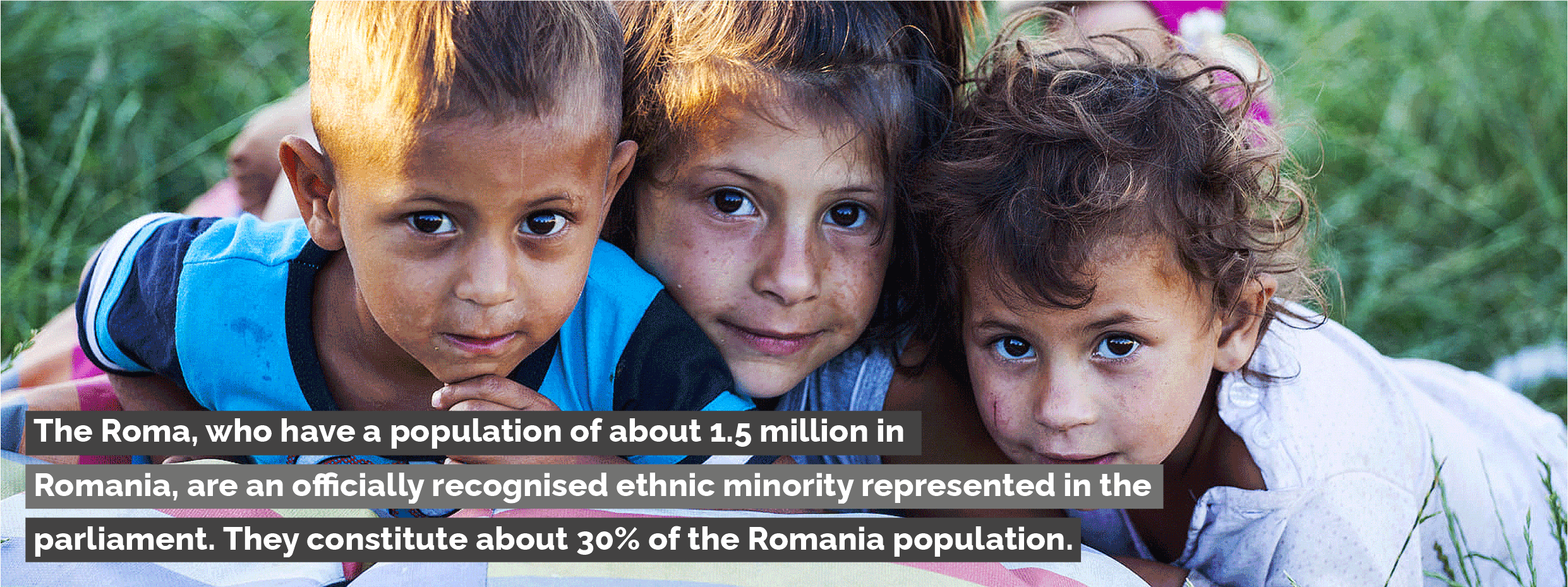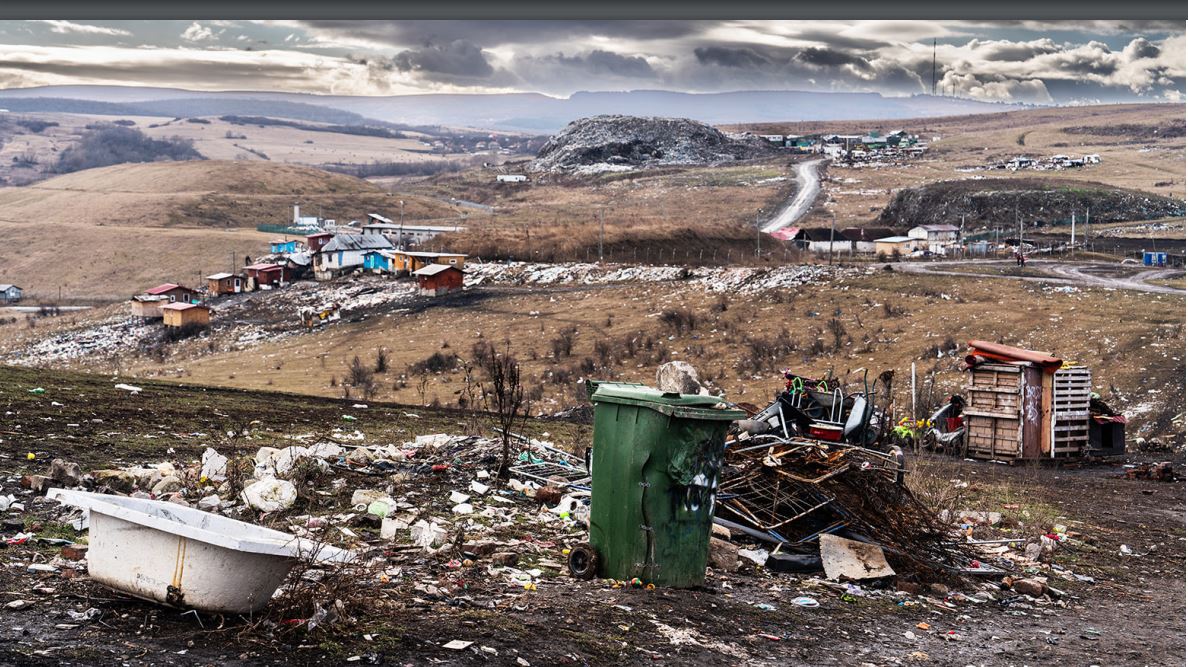
REPORTS

CATCDWD on groundCommunities Discriminated on Work and DescentEuropeFrenchLatestModern SlaveryNewsPublicationsRomaRomaniaStories
Landmark report highlights environmental racism, state disinvestment in Substandard Romani Settlements
The Global Forum of Communities Discriminated on Work and Descent (GFoD) has released a landmark report titled Substandard Romani Settlements ...
ROMANIA
THROUGH
CDWD LENSE
REPORT
DATA
INFOGRAPHIC
DISCUSSIONS
RECENT ACTIVITIES
NEWSLETTER
SUBMISSIONS
EVENTS
The risk was heightened for children born to parents who themselves were undocumented. The term Gypsy is assumed to be derived from the ancient Greek Athinganoi a word used to refer to the untouchables – somehow related to the Dalit community – but also heretics a community perceived to practice a different religion, strongly associated with sorcerers, witchcraft, and fortune telling. Atsinganoi is the root word for “cigano”, “çingene”, “cigány”, “zigeuner”, “tzigan”, “zingaro”, and “țigan”, words used to pejoratively describe members of the Romani people in various European languages. In România, the latter is often used. This perception of the Roma as others, as untouchables, or as impure – in the European mentality had catastrophic consequences for the Roma. In old Romania, Roma were slaves for 500 years – and they were freed around 1850. During the second world war, besides the Jewish population, and other groups that were victims of the Nazis based on their ethnicity. religion, political beliefs, and/or sexual orientation, the Roma represented a significant population that was subject to the application of Nazi “racial hygiene” (or the selective breeding applied to humans).



